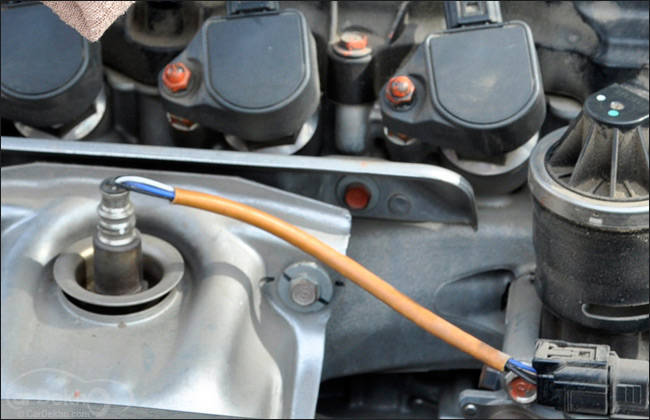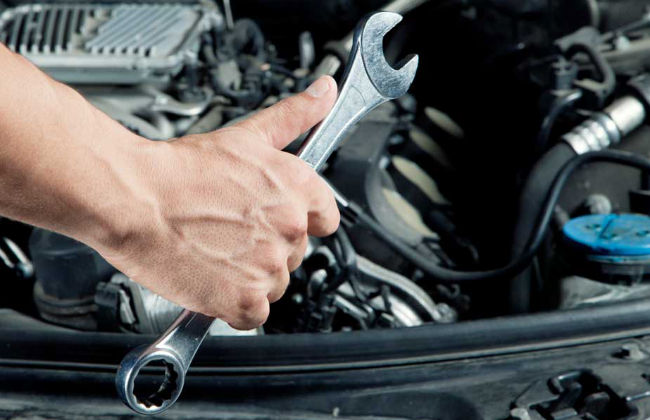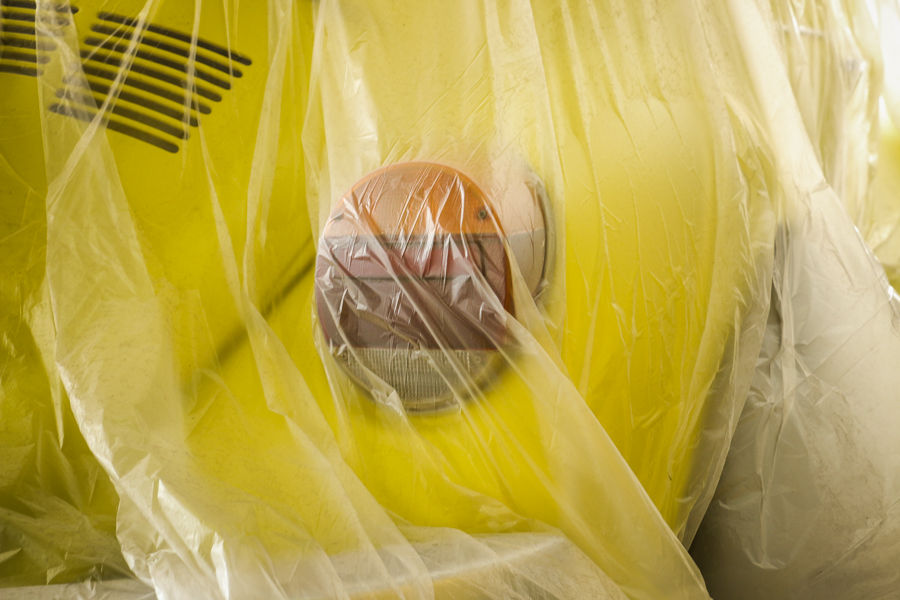Check Engine Light (MIL); Why You Cant Ignore It
Modified On Jul 21, 2014 04:54 PM By CarDekho
- 18.5K Views
- Write a comment
Remember that mini heart attack you get when your 'Check engine' lights on? Yes, we all fear that light and rightly so. The check engine light usually signifies costly engine repairs that will put a hole in your wallet. However, in many cases the engine check light will be illuminatd due to minor problems in the engine that can be easily fixed by a visit to the service centre. We at CarDekho bring you some pointers on how to handle the dreaded check engine light and deciphering what it means without having to go bankrupt.
Fear of the unknown is the greatest fear of all, so let’s start by understand exactly what the check engine light is. In automotive terms it is known as MIL (Malfunction-Indicator-Lamp) and is an indication from your vehicle's computer that there might be a problem under your hood. Sometimes the MIL may get on for reasons as trivial as a change in atmospheric pressure or humidity. In such cases the light will automatically turn off after a while. There are of course times when there is a genuine malfunction with your engine and you need to go to the service centre to get it right.

Decoding what your computer is telling you
If you're one of those people who like to get personal with your car and its problems, you can opt for a code reader. A code reader is a machine that will plug into an OBD jack in your vehicle and read the error codes being given by the vehicles computer. These codes can be interpreted by the the machine in an attempt to inform you what problem your engine may be facing. However, before you get too enthusiastic about the idea, keep in mind that a lot of vehicles will give out different codes for different problems. This may lead to your code reader being unable to read the code. Also a lot of code readers will be able to turn off the check engine light but that does not mean the problem is fixed. So the best option would be to use a code reader to verify the problem and then take it to your mechanic. If your mechanic gives you the same diagnosis, at least you know you are on the right path. Here is a list of the 5 most common reasons for the check engine light lighting up.
- O2 Sensor
- Loose gas cap
- Catalytic converter
- Mass air flow sensor
- Spark plug wires

Do 'NOT' ignore the light
While it is true that often the MIL flashing is nothing more than a false alarm. It is still important to get it checked. It’s like the story of the boy who cried wolf. The same applies to your check engine light. It may cry wolf for a while but you never know if it something serious or not. So make it a habit to get the car checked if the MIL is flashing or if you have a code reader, use it to determine the problem. As we mentioned above it may be nothing more than a loose gas cap or loose spark plug wiring.
The MIL has 3 basic stages that go in ascending order of seriousness. If the light flashes on briefly that means there may be a minor problem such as a loose gas cap or a loose wire. If the light comes on and stays on that indicates you need to take it to a service centre and get it checked as this could lead to bigger issues that end up costing you a lot more money. If the light is rapidly flashing on and off that indicates an extremely serious problem with your engine and you should immediately stop the vehicle and ask a towing service to take it to the nearest service centre.

False Alarms
What is the biggest downside of the MIL? The light simply indicates a malfunction within you engine, but it is very hard to pinpoint what the exact problem may be. There are even cases when a code reader will not help you, even if you are a decent hand at car problems. For example, you see the light on and your code reader indicates a problem with spark plugs. Now you may assume that the spark plugs are damaged or worn and need to be changed. However, the truth is it could be something as simple as a loose or worn wire that is causing the problem. Often a loose gas cap will fire off the light too and even if you tighten the gas cap it may take a while for the light to go off. These and many other false alarms are one of the major problems why people dread the check engine light. Also, always match the diagnosis of the mechanic with that of the code reader and you should be able to avoid money grubbing mechanics. Cheers!
1 out of 1 found this helpful












